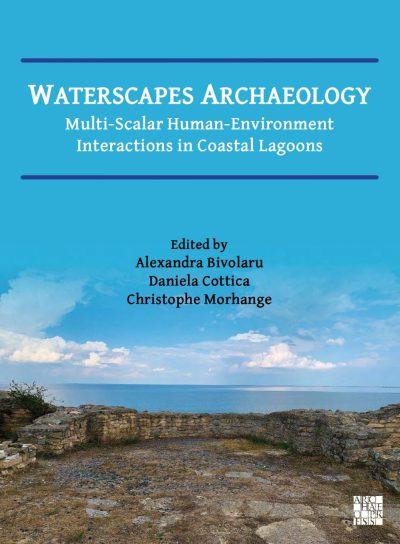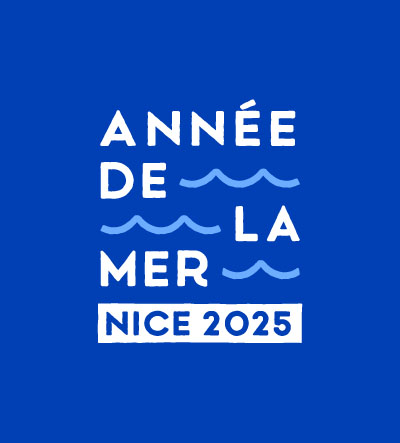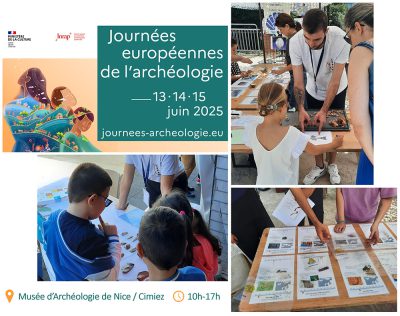Abstract
Runoff farming is a key hydro-agricultural strategy that has proven efficient in arid areas. Research in Arabia on the function, development, maintenance, durability and abandonment of this technology is scarce. A multiproxy investigation (cartography, sedimentology, pedology, geochemistry, paleo-ecology and chronology) was conducted on a recently abandoned terraced area in Rustaq, Northern Oman. The aim was to characterize the formation, function and management of this runoff system and the driving factors behind its success. Cycles of cultivation were identified during the Iron Age II/III periods (specifically 750–450 BCE), the Early Pre-Islamic Period (PIR) (specifically 350–200 BCE), the Early and Middle Islamic periods (specifically 8–10th C CE, 13th-14th C CE) and the late Islamic period (specifically 17th C CE and later). This expansion and perenniality was possible thanks to: 1- available water (local to micro-regional orogenic precipitation despite a regional aridification during these periods); 2- suitable soils (weathered geological outcrops, probable aeolian /dust particles); 3- a system of production combining crops and husbandry; 4- a progressive increase in agricultural specialization (crops grown and techniques) in parallel with a diversification in hydraulic technology. These results are to some degree in accordance with known phases of settlement intensification and economic growth, but also reveal the persistence of small-scale rural livelihoods during periods of harsh conditions for which archaeological traces are very scarce.
Source : j.catena.2021.105406




